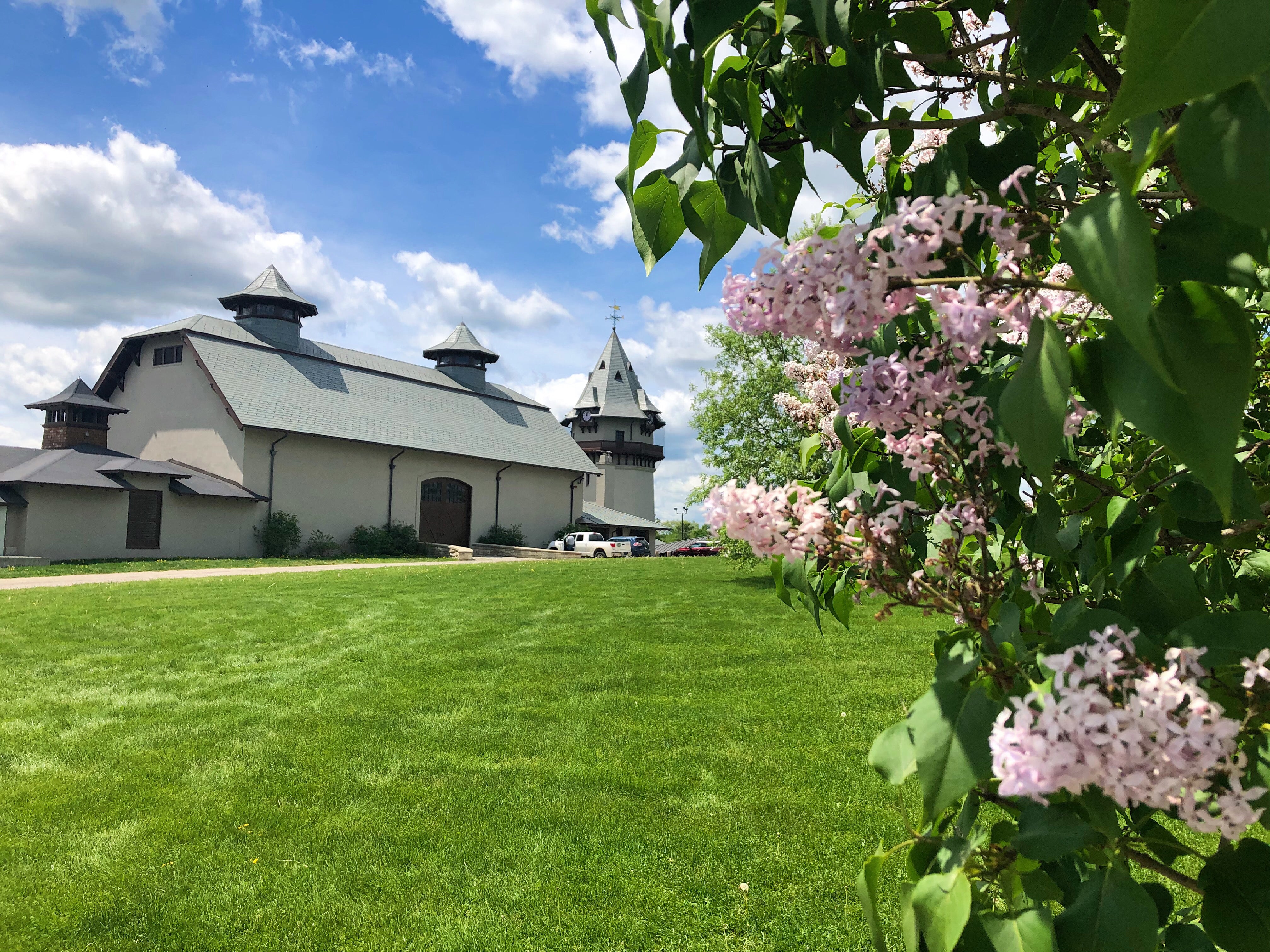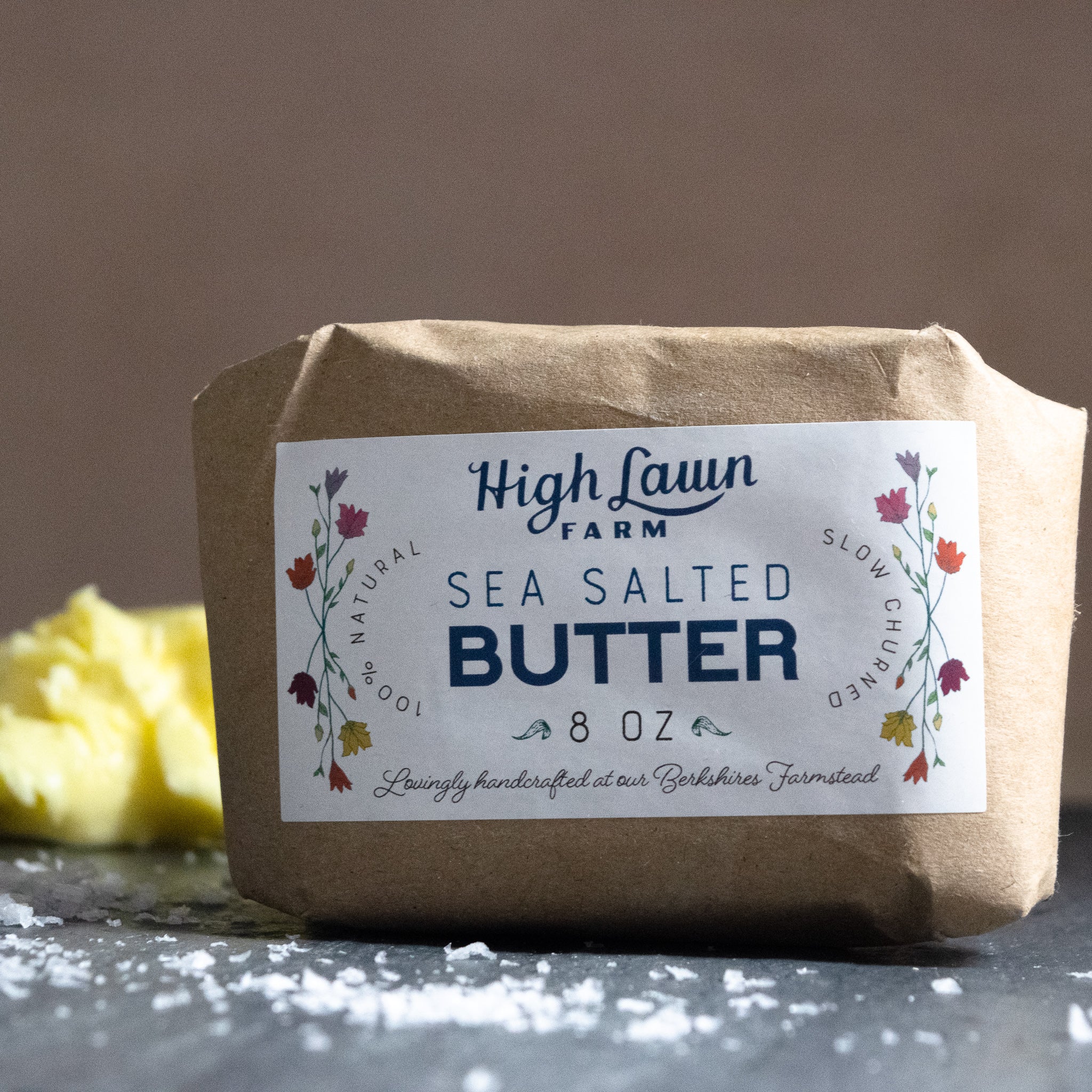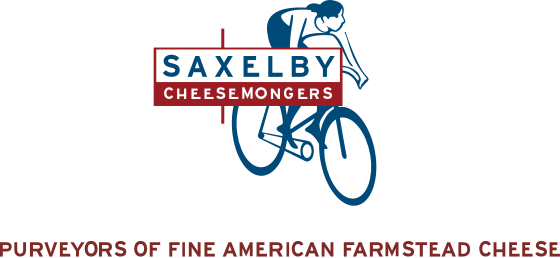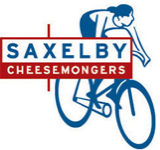
Have you ever seen cheese or butter described as being made with Jersey milk or cream, and wondered what the big deal is? Well, do we have a farm for you! High Lawn Farm is a century old, family owned Jersey cow dairy in the Berkshire Mountains, and they make some of the richest, most delicious butter around. Cream from Jersey cattle is especially high in fat and protein, which yields a dense and luscious European style butter that's up to 87% butterfat. (The federally required minimum for American butter is 80% butterfat, which means that most commercial butters are about one-fifth water!) High Lawn owes its success to a century of careful Jersey cattle breeding, begun by Jersey genetics pioneer Marjorie Wilde in the 1930s. We caught up with High Lawn's specialty foods operations manager, Amye Gulezian, to learn more about what makes their cows so special.
Breeding of Jersey cattle began in the 1700s on the British isle of—go figure—Jersey. The animals are relatively small for dairy cows, but they produce a large volume of milk high in components like calcium that are sought by cheese and butter makers. Jersey cattle are also adaptable to a wide range of climates and take well to the demands of dairy farming. With their long eyelashes and affectionate natures, Jersey cows are just adorable to work around, too. If a Golden Retriever magically transformed into a cow, it'd become a Jersey.

"Marjorie was one of the first people in the US to work with Jerseys and put an emphasis on them for dairy production," Gulezian says. "She had an eye for genetics and a good cow." Gulezian's background is in dairy herd operations, where advanced computer systems and DNA sequencing allow breeders to cultivate specific traits down to individual animals. "[Marjorie's] work was before all of that, when breeding was about looking at animals and selecting the right sire to make the happiest, healthiest, and best yielding cows."
Wilde took over her family's Jersey dairy during the Great Depression in 1934, and began taking notes on each cow in her herd: their health and longevity, as well as the quality and components of their milk. Breeders look for little details that most of us would never think of, like well spaced udders for better milking. Wilde promoted Jersey breeding to other farms in the US by shipping semen and embryos, all while meticulously tracking bloodlines. Gulezian says that she can trace each of High Lawn's 120 milking cattle back a minimum of five generations, and some as many as 17.
The result of all this matchmaking is a healthier, more robust, and genetically diverse Jersey breed, not just at High Lawn, but across the world. Some of the cows' cousins live as far away as India. Gulezian notes that the milk from High Lawn's cows is particularly high in butterfat—5 or even 6%—which puts them well above the average American dairy cow. American whole milk is bottled at 3.75 to 4% butterfat. The leftover cream from High Lawn's milk is used to make the farm's sweet cream and sea salted butter, as well as homemade ice cream.

High Lawn started selling butter in 2009 to ensure its own longevity. It's incredibly difficult for small dairy farms to compete with enormous, industrialized corporate operations, and up until 2010, High Lawn was still delivering milk to as many as 500 homes, like in the old days. The farm's owners, who include two of Marjorie Wilde's granddaughters, knew that if High Lawn was to survive another hundred years, it'd have to change its business model. They opened a farm store in 2020 to sell their milk, cheese, butter, and ice cream direct to visitors and the local community.
With the aid of advanced genetics, High Lawn is continuing to improve the Jersey breed. Their technology is state of the art. Cows decide when they want to be milked by walking up to automated machines that weigh the animals and take their body temperature—a system that reduces their stress compared to waiting for a human to hook them up to a milker. Each cow wears a collar that tracks how many times she chews per hour; Gulezian likens it to a FitBit for farm animals. One of the first signs of illness or injury is a cow that doesn't eat, so if one hasn't eaten in 12 hours, herd managers receive an alert on their phones to go check her out. When used with animal welfare in mind, automated machines don't just reduce manual labor; "the robots give us more time to spend with each animal," Gulezian says. "They're calmer and more relaxed."

The modern dairy cow is a finely tuned machine of its own. Through its four-chambered stomach and mammary glands, it converts pasture grass and feed into chemically complex milk with an efficiency that would awe early cattle breeders. At High Lawn, cows and people work together in a unique partnership. The quality of their butter would blow those breeders away, too.
Try High Lawn Farm's Jersey butter for yourself!
Farm photos courtesy of High Lawn Farm Team.

